Marie-Courtin
Represented by Dominique Moreau
Champagne Marie Courtin is located in the village of Polisot in the Côte des Bars (often referred to as the Aube), in the southern part of the Champagne region. With its slightly warmer temperatures, this area is particularly prized for its Pinot Noir grapes. Combined with the Kimmeridgian limestone sub soils, Aube champagnes retain a freshness similar to Chablis, which is more of a neighbor to Polisot than Epernay or Reims! In fact, many of the Grand Marques source their Pinot Noir from the Côte des Bars because of this unique combination of texture and delineation that the sub-zone provides.
Dominique Moreau created the estate in 2005 with a vision to produce a series of single-vineyard, single-variety, single-vintage Champagnes from Biodynamically-grown grapes that are farmed and elaborated with meticulous care. This philosophy is in stark contrast with the predominant mindset in Champagne which has historically focused on blending grapes, vineyards and vintages to achieve a consistent product or "house style", and with a tendency towards very high yields and full-on chemical treatments. For Dominique Moreau and likeminded growers, their house style is their terroirs, and is influenced by important factors such as massale selection clones and the ecoysystem of which their vines are a part.
Most of Dominique's wines come from a hillside vineyard of 40-45 year old, massale-selection Pinot Noir in Polisot (located the next town over from Celles-sur-Ource, where Cédric Bouchard lives and works). The combination of low yields, clay-limestone soils with bands of Kimmeridgian, and an east/southeast exposure gives the wines both power and cut, with an intense brininess and minerality at their core.
At harvest, the grapes are all harvested by hand. The wines are fermented with natural yeasts that have been selected from their vineyards and cultivated separately. These native yeasts are used for both the primary and secondary fermentations. Lastly, there is no dosage added upon disgorgement.
Dominique makes several cuvées, but the bulk of her small production is split between her cuvées Résonance and Éfflorescence, the former fermented in stainless steel and aged sur lattes for 24 months, and the latter is fermented and aged in used barriques, followed by 36 months sur lattes. The grapes for Resonance are from the top of the slope, whereas Efflorescence fruit comes from the bottom of the hill, which she says “has greater power and potential”. The third Blanc de Noirs is a zero sulfur cuvée known as Concordance, which minted Dominique's reputation as a deft vinifier.
In addition to the three Blanc de Noirs, Dominique produces tiny amounts of a Blanc de Blancs with her cuvées Eloquence (barrel-aged Chardonnay), and Présence (Chardonnay and Pinot Blanc), along with two macerated Rosés known as Indulgence and Allégeance (zero sulfur). The style of her wines is electric and chiseled, with an underlying power from both her viticultural practices and the terroirs and varieties that she exploits. These are spectacular wines at the table as they combine multiple vectors of complexity, power and delineation that all play off each other depending on the dishes they are served with.
Along with Dominique's intense dedication to the care of her vineyards and her winemaking, she also embraces a spiritual philosophy in her production and viticulture. In one particular technique, she uses pendulums (often used in energy healing) in both the vineyard and cellar to aid in evaluating the evolution of the grapes on the vine, as well as the wine during élévage. She explains that the pendulum changes its natural rhythm and swing based on the energy emitted from a living being, whether person, vineyard, or wine.
The names of the wines carry spiritual significance for Dominique as well. “Résonance” refers to the balancing energies of earth and sky that affect the creation of a wine from its surrounding terroir. “Efflorescence” means "to evolves in perpetuity”. Starting with the evolution encouraged by the small oxygen exchange in barrel, she feels that this wine in particular will show a very different face at each stage of its development in bottle. She recommends that both wines be served in traditional white wine glasses to allow for their development through increased aeration.

